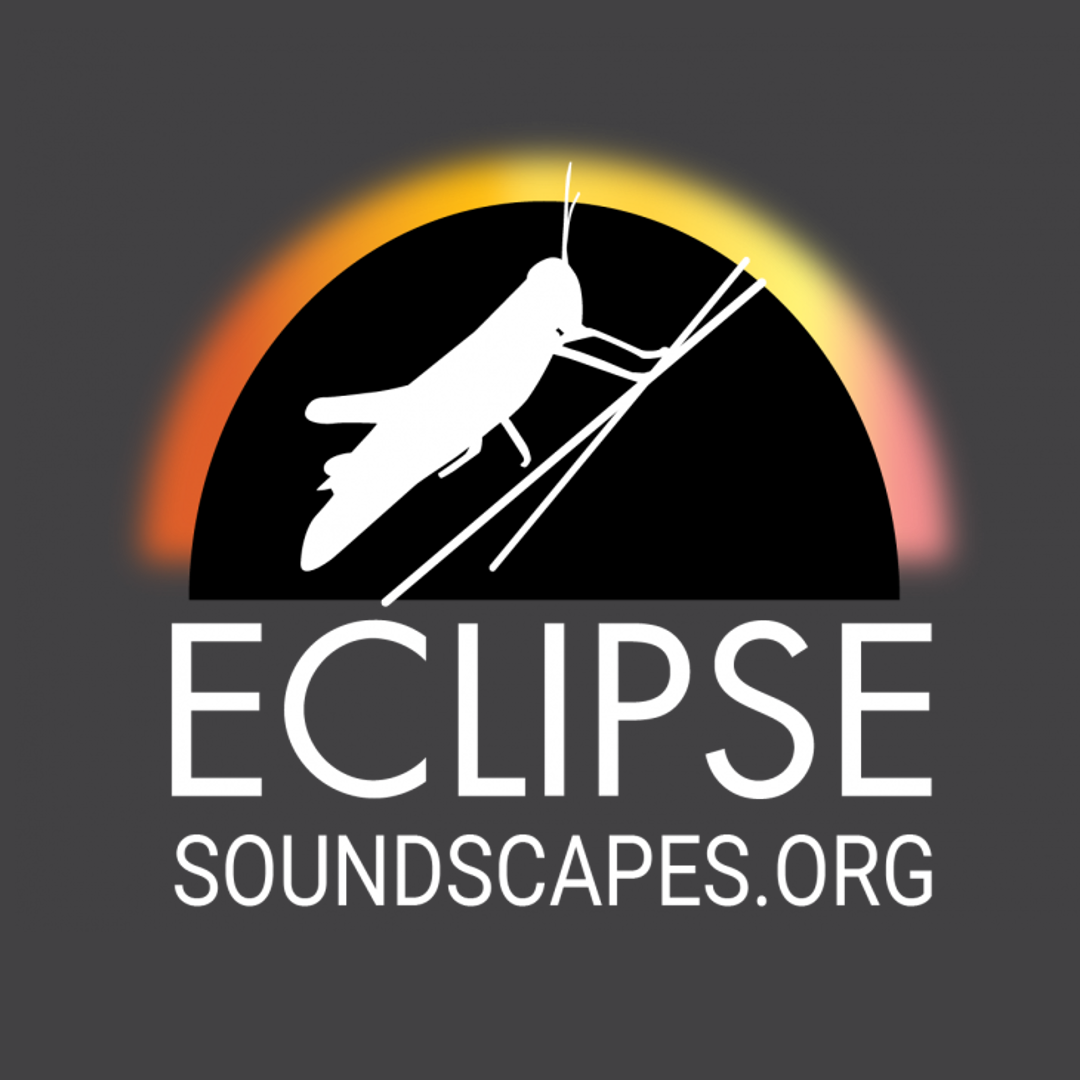
NPS Photo Eclipse Weekend ActivitiesEvents are taking place all around Vincennes, for those activities please see 2024 Solar Eclipse Events | Dark Side of the Wabash | Vincennes, Indiana (vincenneseclipse.com) At the ParkAll times listed are Eastern Time Saturday, April 6, 2024
Sunday, April 7, 2024
Monday, April 8, 2024Information about Eclipse Shuttles and parking around town is now on the Vincennes, Knox County, Indiana eclipse website (vincenneseclipse.com)

NPS Photo by Neal Herbert Viewing Eclipses SafelyThe only safe way to look directly at the sun during an eclipse is through special-purpose solar filters, like eclipse glasses or handheld solar viewers.
Do not use solar filters that are:
Using Eclipse Filters CorrectlyRead and follow the instructions printed on or packaged with the solar filter. Always supervise children using solar filters. To look at the sun during the eclipse, follow these general steps:
This document does not constitute medical advice. Readers with questions should contact a qualified eye-care professional. Eclipse Viewing With Optical DevicesDo not look at the uneclipsed or partially eclipsed sun through an unfiltered camera, telescope, binoculars, or other optical device. Similarly, do not look at the sun through a camera, telescope, binoculars or any other optical device while using your eclipse glasses or hand-held solar vieiwer - the concentrated solar rays will damage the filter and enter your eye(s), causing serious injury. 
Credit: NASA and NPS/A. Case George Rogers Clark and the 1778 EclipseThe total solar eclipse of 1778 often gets overshadowed by the annular eclipse of 1777, known as Washington's eclipse, and the eclipse of 1806 known as Tecumpsah's eclipse. Few people recorded their experiences of the 1778 eclipse, George Rogers Clark only mentions it briefly in his memoirs. Did they know the eclipse was coming and use the darkness to hide from scouts along the river bank?
Clark may have been unsure of the exact date when he wrote his memoirs many years later, however a letter from Simon Newcombe of the National Observatory at Washington in reply to an inquiry by W. S. Burnham confirmed that there was indeed an eclipse visible from Louisville in June of 1778.

Eclipse Soundscapes, an enterprise of ARISA Lab, LLC and is supported by NASA Eclipse Citizen ScienceGeorge Rogers Clark National Historical Park is participating in a few NASA-sponsored citizen science projects during the eclipse. These projects are croudsourcing observations from across the country. Visit the following websites to learn more about how you can be a scientist on eclipse day! The Eclipse Soundscapes project is studying how eclipses effect life on Earth during total and annular eclipses. It will revisit a 100 year old study that showed that animals and insects are affected by solar eclipses. |
Last updated: June 12, 2024
